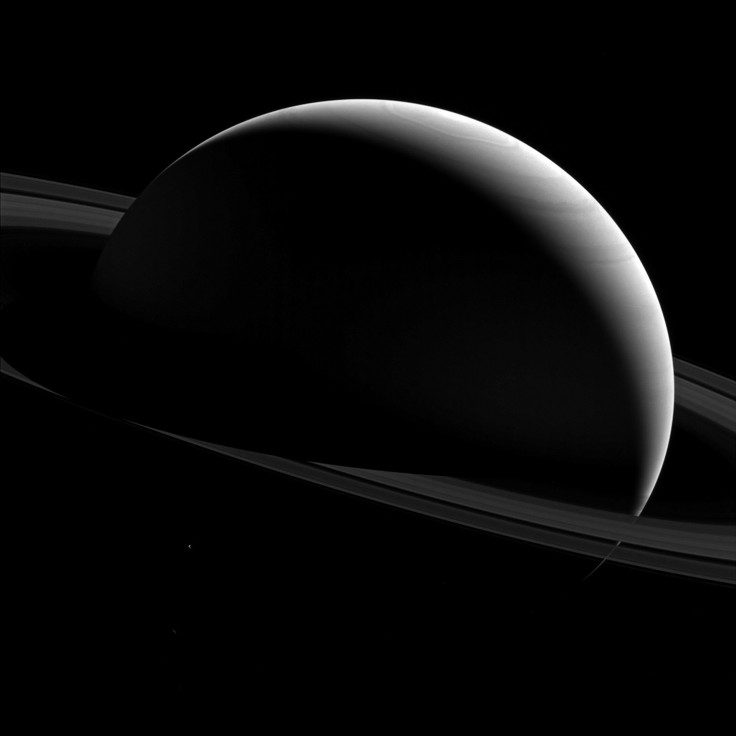NASA Saturn Ring Pictures: Cassini Spacecraft Photos Capture Most Detailed Images Ever

NASA has gotten up close and personal with Saturn’s rings — and it has the pictures to prove it. Recently released images from an orbiting spacecraft delivered the most detailed images ever of the planet’s rings.
The series of images, released Monday, could provide new clues for scientists and researchers, The Guardian reported. The images revealed that the rings could actually contain constellations of tiny “moonlets” located within Saturn’s rings.
Cassini spacecraft offers best-ever view of Saturn’s rings. https://t.co/Zg4yXXs2WC pic.twitter.com/o89OtCuqde
— Spaceflight Now (@SpaceflightNow) January 31, 2017
“As the person who planned those initial orbit-insertion ring images, which remained our most detailed view of the rings for the past 13 years, I am taken aback by how vastly improved are the details in this new collection,” Carolyn Porco, Cassini’s imaging lead at the Space Science Institute based in Colorado, said.
The term “moonlets” actually refers to material from the rings that can measure as long as one kilometer, (or about a half-mile) in diameter. Saturn’s rings contain dust, rocks, ice and what scientists discovered to be “propellers,” or large gaps within the rings that are thought to be caused by the moonlets, which clear space surrounding them.
.@NASA captures Saturn's rings in mind-blowing detail https://t.co/RGuW2W3bjX pic.twitter.com/dcw1X5Urf6
— CNET (@CNET) January 31, 2017
The images were taken from the Cassini spacecraft, which was sent into orbit nearly 20 years ago. The craft was in its “ring-grazing” orbit, which allowed Cassini to more thoroughly explore the planet’s rings. The Cassini craft has been in Saturn’s orbit for nearly 13 years. It was scheduled to soon partake in its “grand finale,” when it was expected to travel through the gap between the rings and the planet. The first planetary “plunge” was slated for April 22, according to the NASA website. The mission was expected to conclude in September, which is when the craft will likely use its final allotment of fuel to head into the planet, bursting into flame in the process.
Studying the rings will also allow scientists and researchers to advance their understanding of “disk systems on cosmic scales,” Porco told Forbes.
New, incredibly close views of Saturn's rings from our "Ring-Grazing" orbits. https://t.co/SUKjTqg1dX pic.twitter.com/TJkD9TPjyX
— NASA Solar System (@NASASolarSystem) January 30, 2017
© Copyright IBTimes 2024. All rights reserved.












